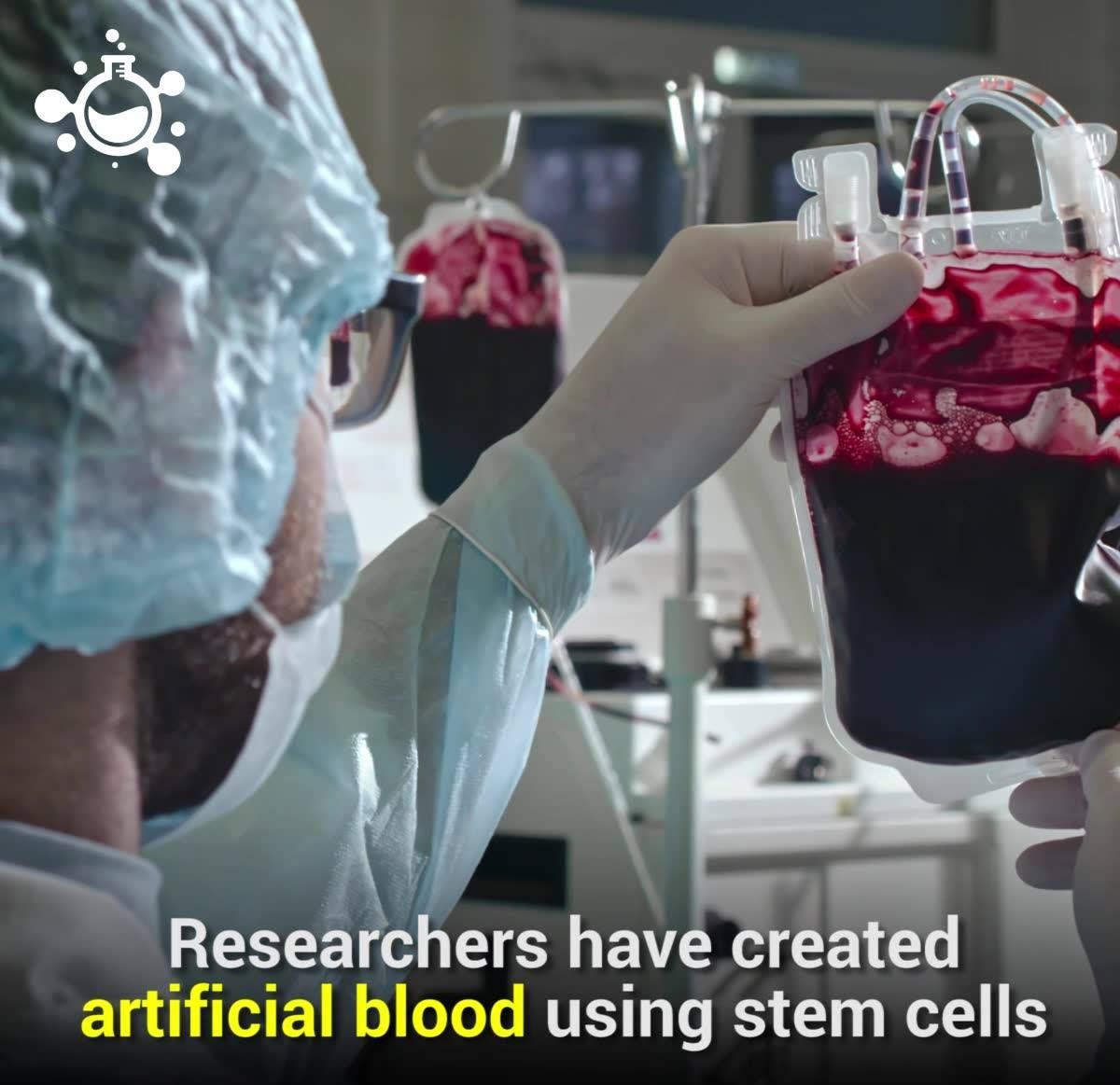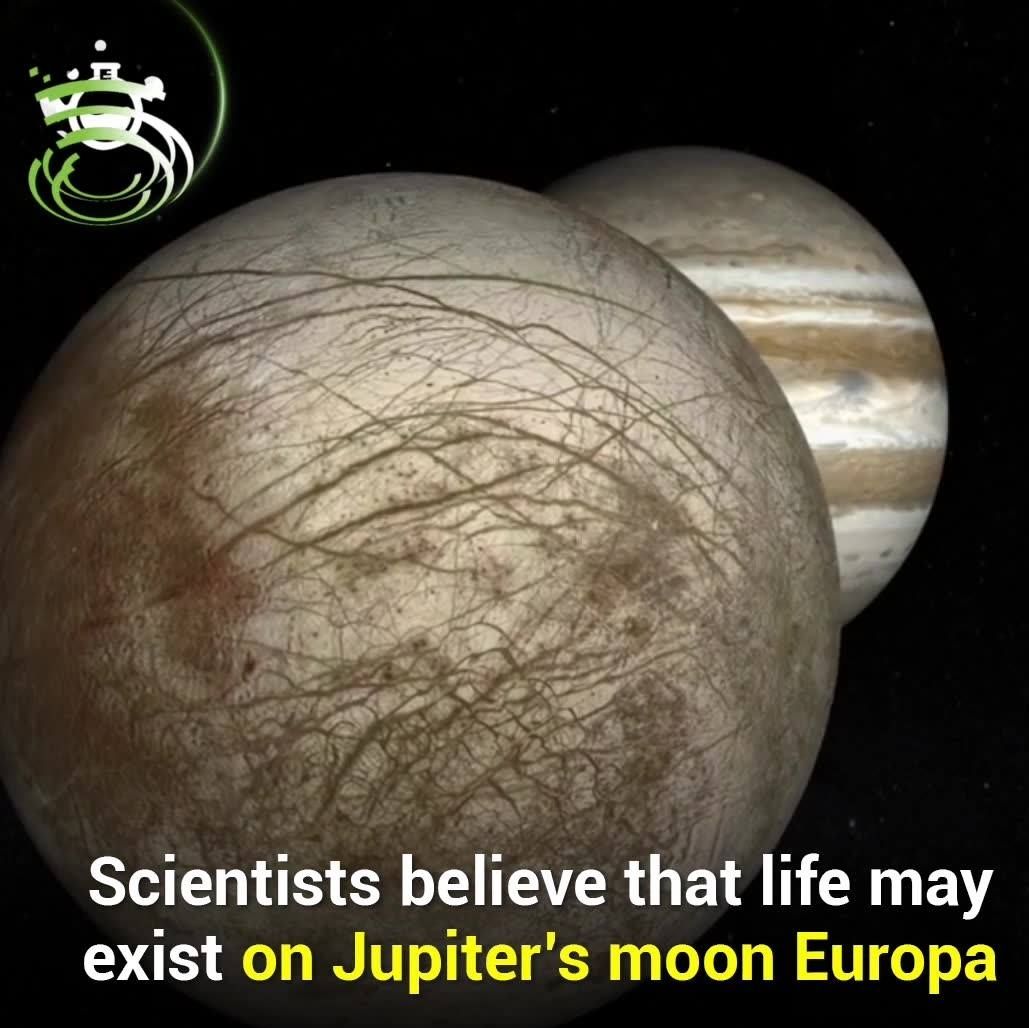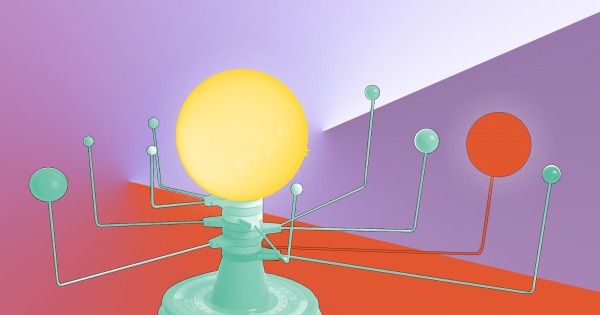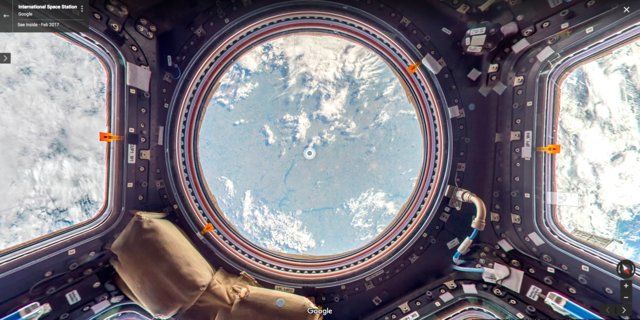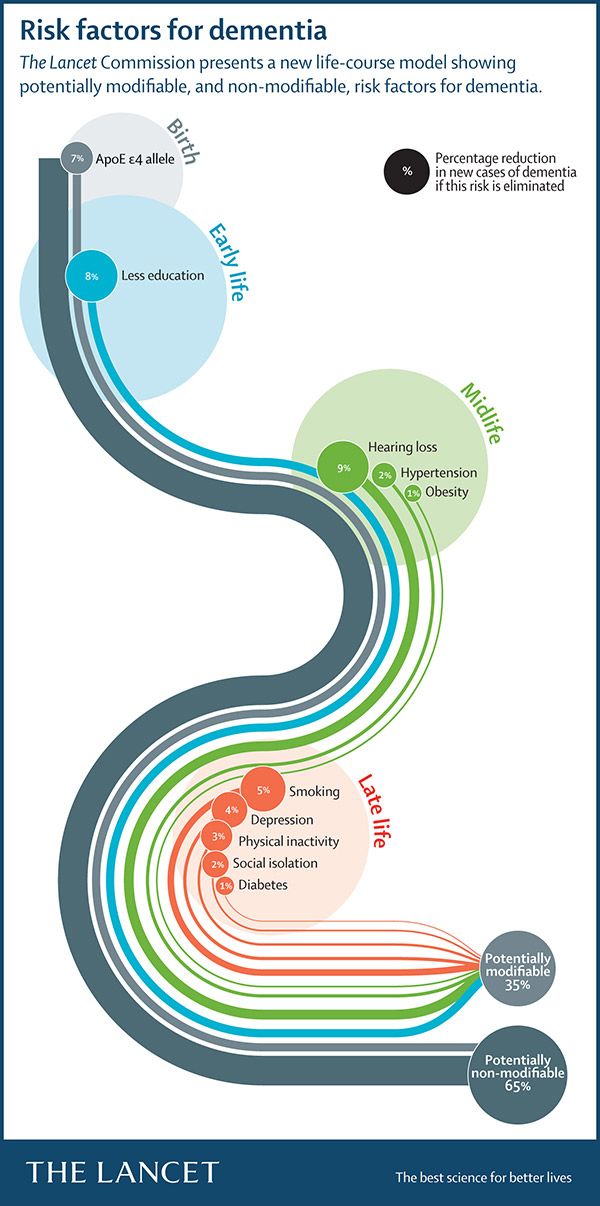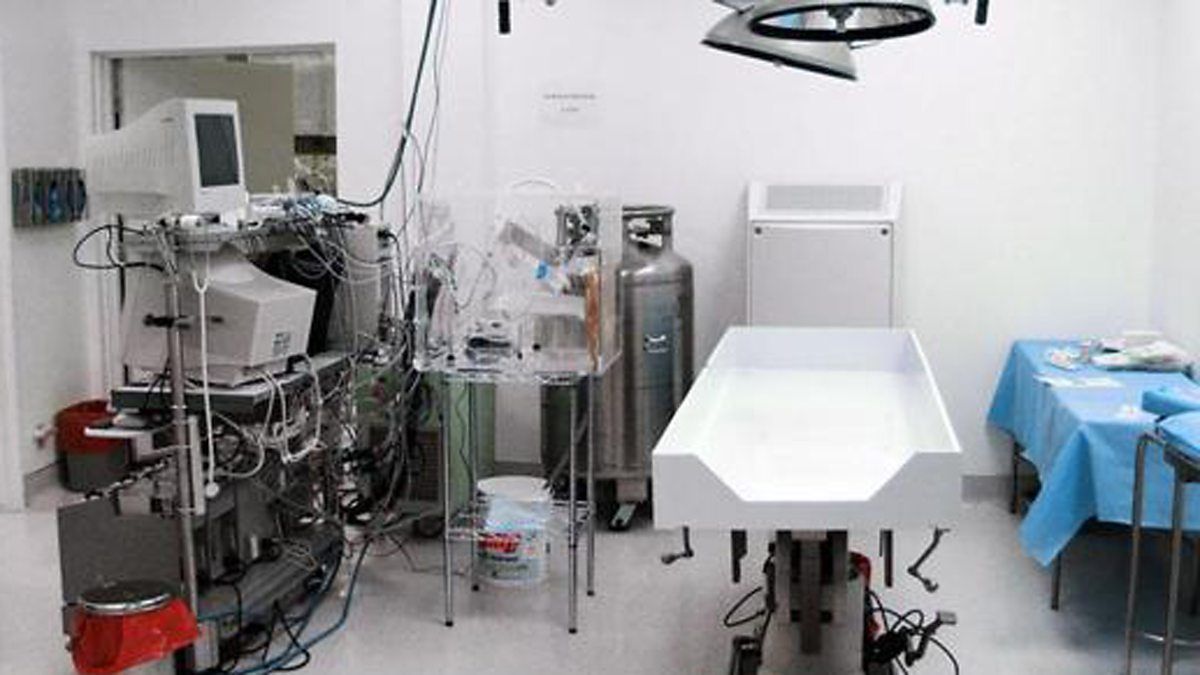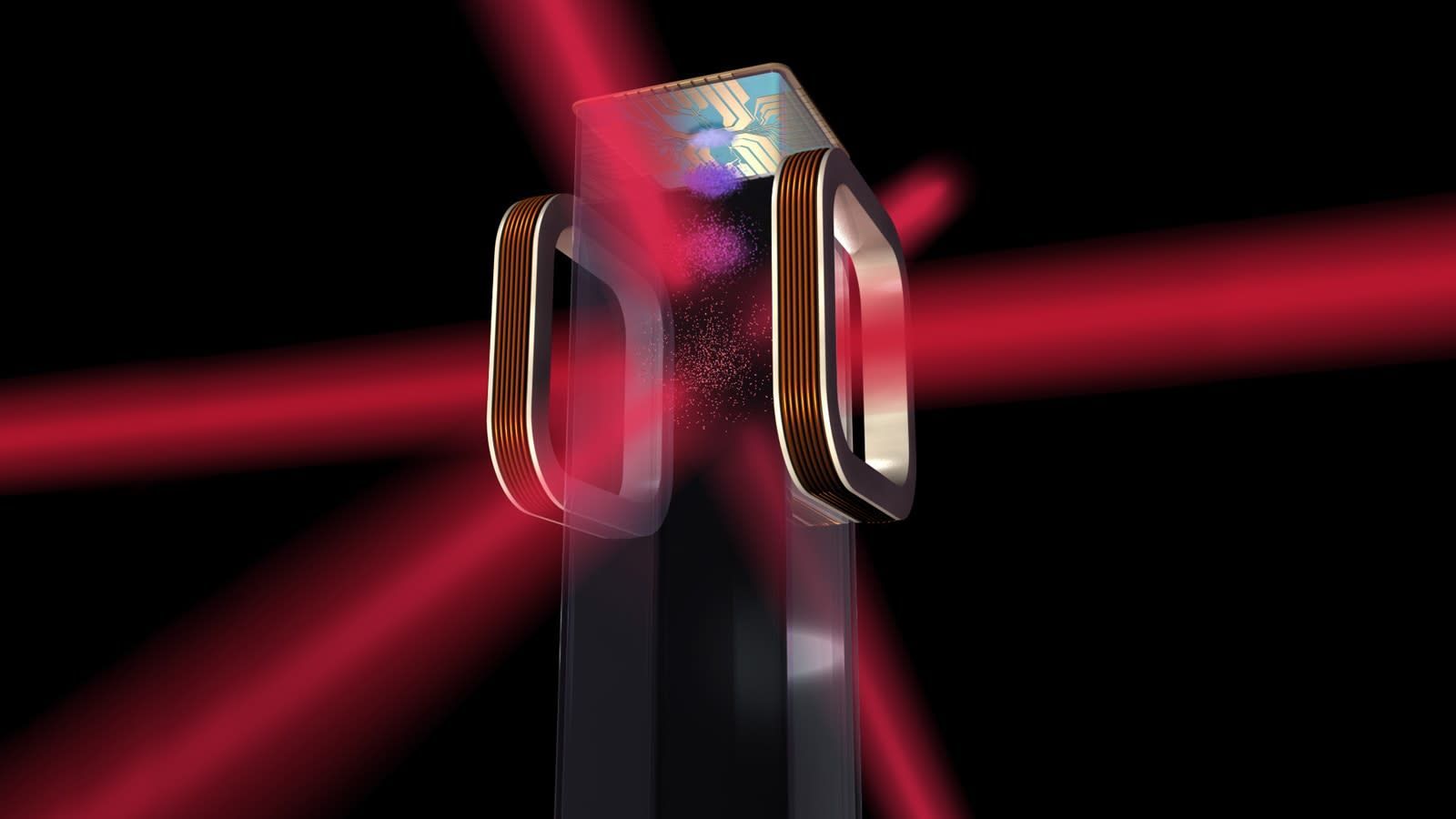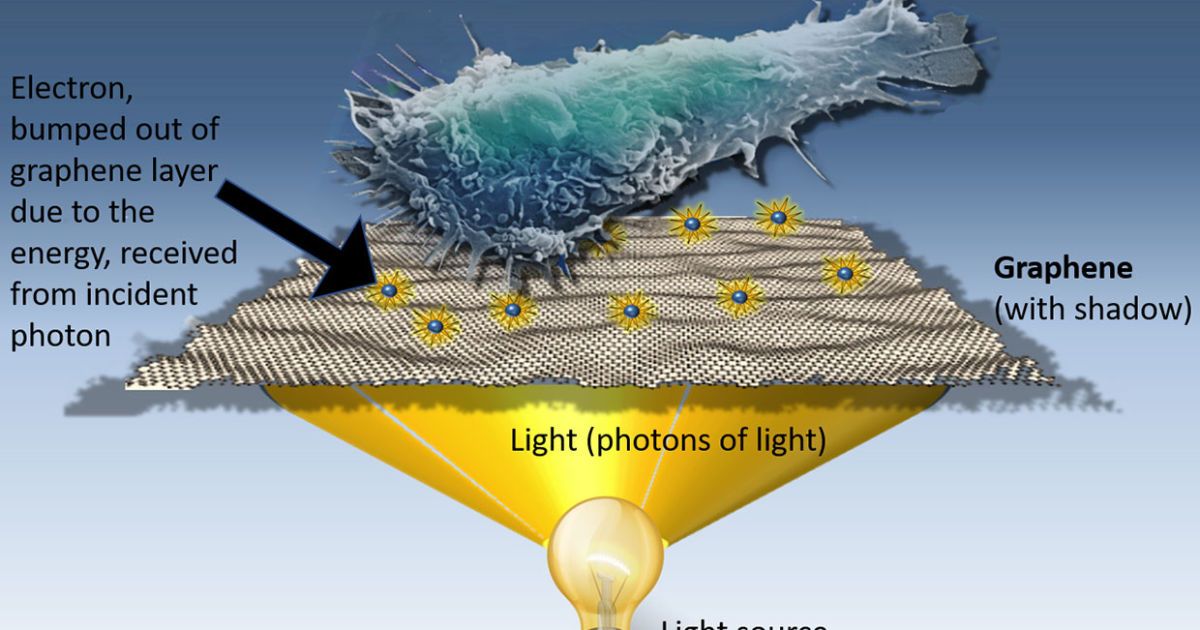France isn’t alone. Last month, the European Union’s executive branch recommended its member states increase their public and private sector investment in AIt also pledged billions in direct research spending. Meanwhile, China laid out its AI plan for global dominance last year, a plan that has also been backed up with massive investment. China’s goal is to lead the world in AI technology by 2030. Around the world, our global economic competitors are taking action on artificial intelligence.
Opinion: Rep. John K. Delaney argues that if the United States wants a prosperous economy, it needs a national plan for artificial intelligence.

